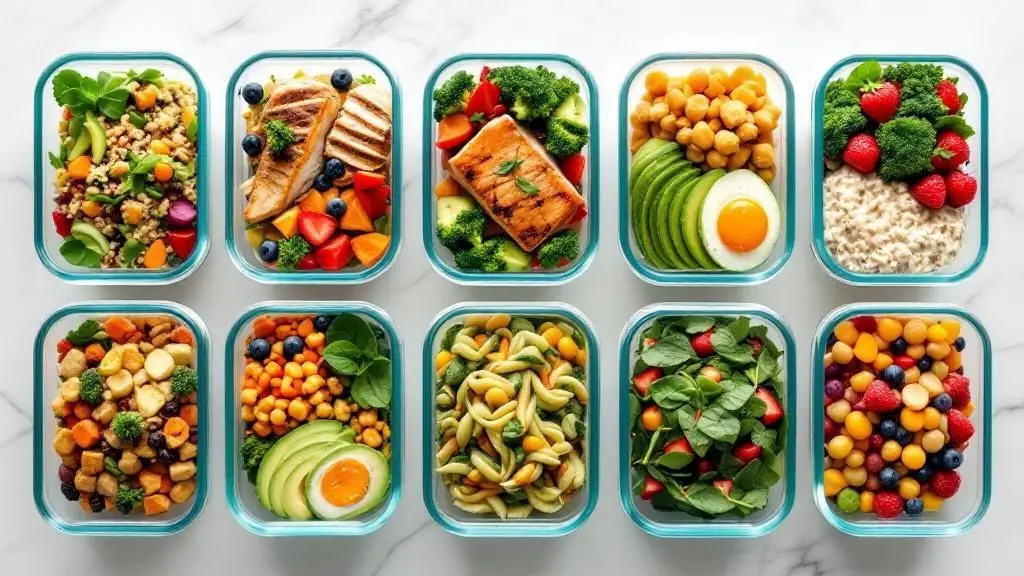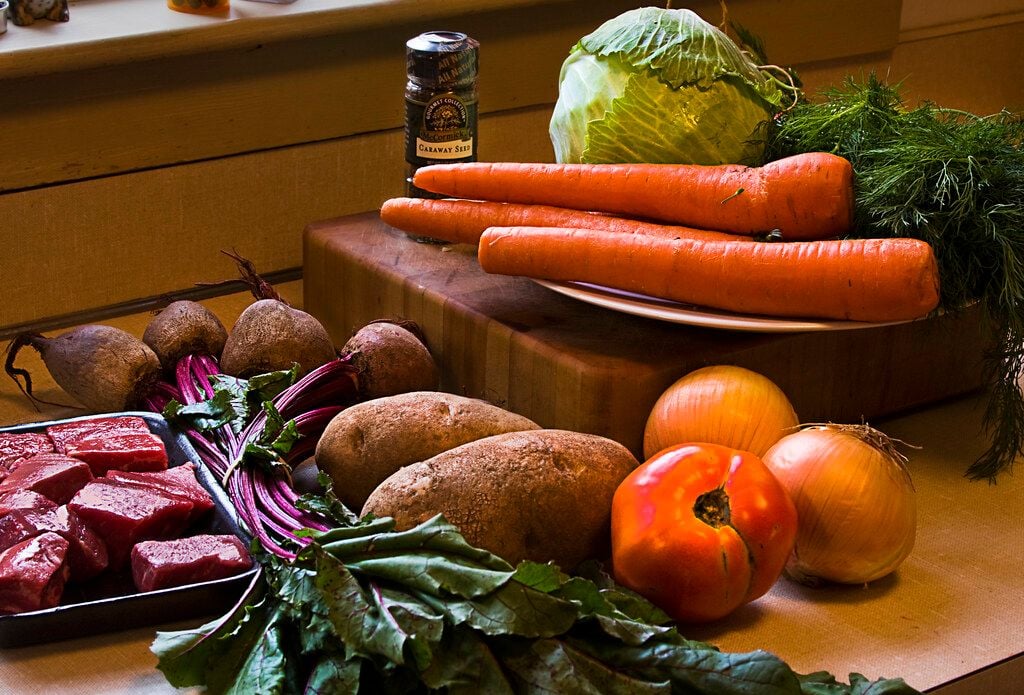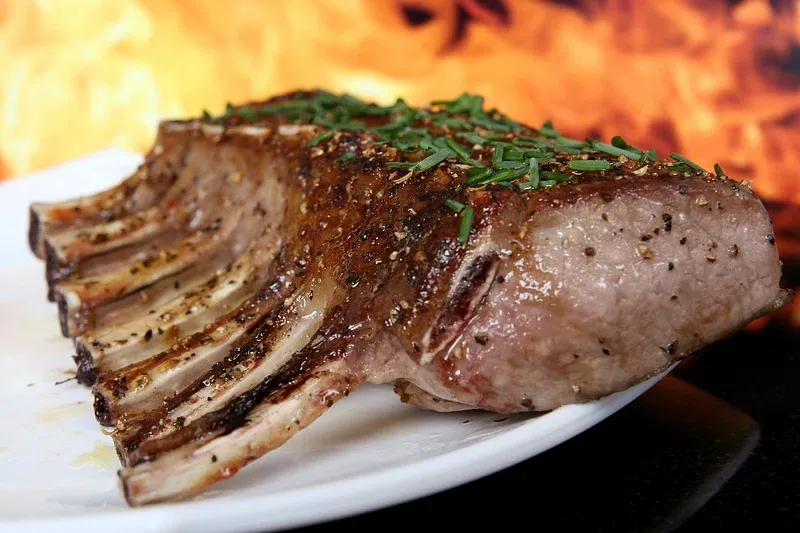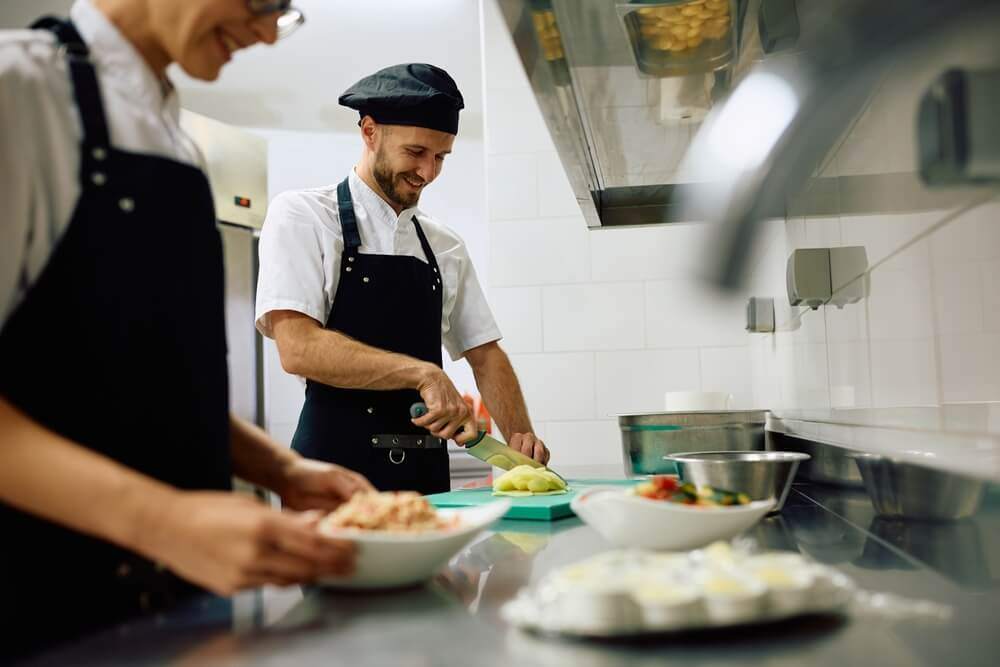
Unleashing the Pie Maker in You: Tips and Tricks for Perfect Piecrusts
- Nov 19, 2024
Baking pie from scratch, particularly creating a homemade piecrust, can seem challenging yet we have gathered all the necessary guidance for creating a delightful, tender, flaky piecrust that holds its shape- along with remedies if things don’t go as planned. These tips will be handy, regardless of the piecrust recipe you lean towards; for instance, I often use a blend of butter and lard in my Pumpkin-Cream Cheese Pie for a pleasant taste and ultimate tenderness (you can swap out lard with vegetable shortening if he prefers).
A smart hack when making homemade pie dough is to prepare enough for three single-crust pies at one go. This provides enough for a festive dinner di such as Thanksgiving, a leftover turkey pot pie, and an extra for future usage. Pie dough made in advance plays its part - keep it snugly wrapped in the fridge for a couple of days or in the freezer for about two months.
Here's how you can sidestep five common pie-making complications. To get a flaky piecrust, use extremely cold ingredients to prevent the fat from melting before baking. The melting of fat in the oven results in the creation of steam-filled air pockets that result in the flaky layers. Keep your selected cooking fat extremely chilled, preferably in the fridge overnight. Follow recipes suggesting ice water by dipping it from a well-chilled bowl with lots of ice.
A food processor can help avoid overhandling the dough compared to mixing by hand. If preparing the dough manually, be gentle and only mix until you have pea-sized bits of butter, lard, or shortening. It’s essential to wrap and chill the dough for a few hours before rolling to allow the flour to hydrate fully.
When rolling out the dough, move slowly and gently. Use light strokes with the rolling pin, moving away from the dough center to avoid toughening the crust. Lift and rotate the dough occasionally, dusting some flour over the surface to keep it from sticking. After rolling the dough, carefully lower it on the pie dish without stretching (which leads to shrinking), allowing it to drape naturally.
For moist custard-like fillings such as classic pumpkin pie, pecan pie, and chess pie, blind baking is key to a firm crust. This involves baking the crust alone until it’s slightly golden and crisp before adding the filling. This step can indeed add more assurance to a fully baked bottom for fruit pies.
To assist in the browning of the bottom of the crust, use a glass pie plate which tends to brown crust bottoms more efficiently. Line your dough with parchment paper and fill it with pie weights like dried beans, uncooked rice, or actual ceramic pie weights. Blind bake the crust at the temperature specified in your recipe (generally about 400°F for 15 minutes), in the lower-middle position of the oven. Then remove the parchment and pie weights and bake for a few more minutes.
Make sure to be mindful about not overcooking a custard pie. A little jiggle in the center is what you need. For fruit pies, keep an eye out for underbaking.
Even if, after all these precautions, the crust shrinks from the edge, don’t despair. A creative topping of whipped cream, crumbled cookies, or chopped nuts can cover up the mishap. Or, serve individual slices on separate plates; any quirks in the crust will be hardly noticeable then.






